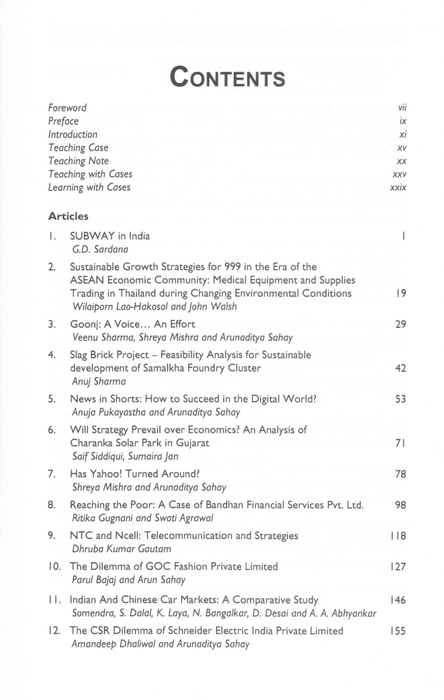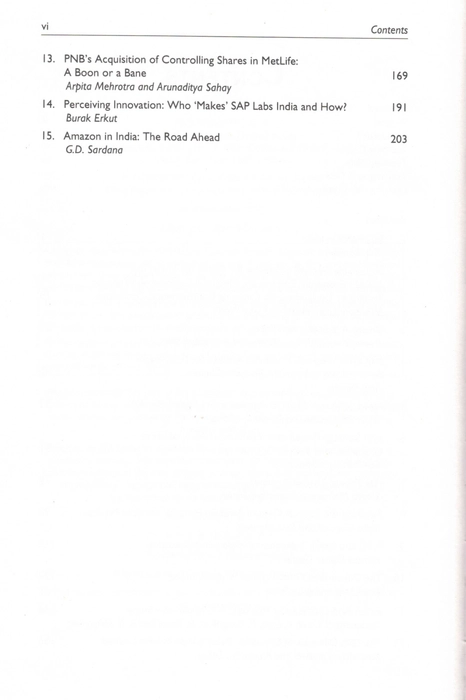- Condition Note: no pen/pencil marks
About the Book:
The method of teaching through cases was prevalent in vedic period; the mostfamous being Panchtantra through which Vishnu Sharma, the Guru, had taughtthe dullard princes who, through his teaching through cases, had become expertsin statecraft, politics and diplomacy. If we consider the present system ofeducation, Frederic Le Play is generally believed to be the first to introduce thecase-study method into social science in 1829. It was itroduced as a handmaidento statistics in his studies of family budgets. In recent times, the Law Schools ledthe way for case writing and teaching. In Harvard Law School, teaching throughcases began in 1870. Thus, for the first time, a long history of lecture and drill wasreversed. The faculty concerned had assembled a representative set of courtdecisions to create the first legal casebook. Almost 50 years later, the BusinessSchool adopted cases for teaching. The second dean of Harvard Business School,who was a Law School graduate, championed this. Harvard Medical Schoolfollowed the pursuit in 1985. Thus, Harvard faculty became pioneers for the casemethod. They spread this educational innovation around the world. In India, IIM,Ahmedabad, which was established in collaboration with Harvard BusinessSchool, was the flag bearer of teaching through cases and eventually case writing.Over a period, the faculty world over has understood it well that many studentsare more inductive than deductive reasoners. They, therefore, learn better fromexamples than from logical development starting with basic principles. The use ofcase studies has, thus, become very effective classroom teaching technique.
- Author: Dr Arun Sahay, Dr Veenu Sharma
- Publisher: Bloomsbury India
- Language: English
- Format: Hardcover
- ISBN: 9789387471313







